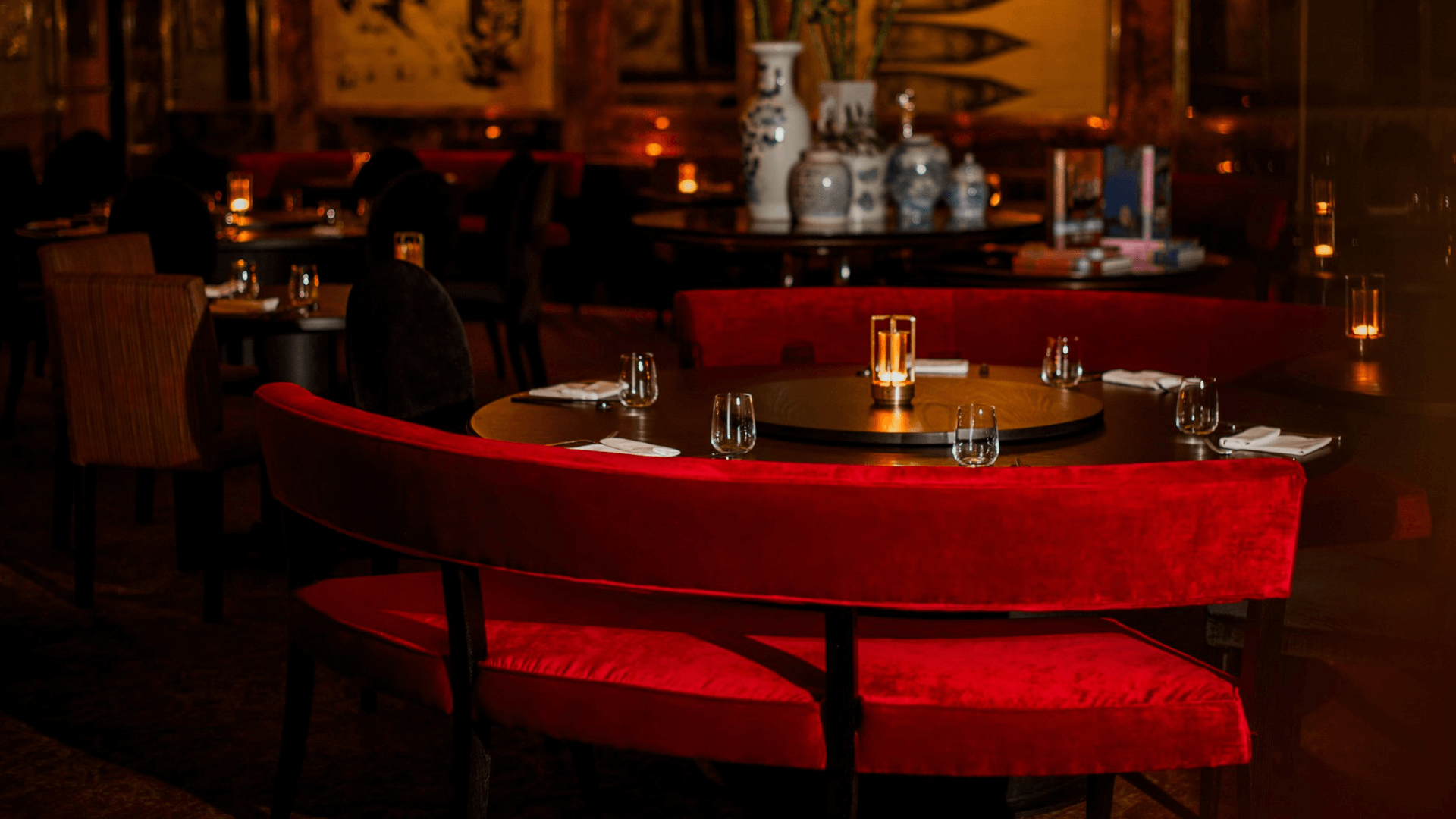In some parts of South Africa, locals love dining out at hotels, where they appreciate the ease of parking, security, and tranquility. In others, they want to be at a table with a view. How does a hotel restaurant attract local clientele when the tourists have flown?
Here are 10 strategies to explore if you’d like to transform your hotel into a go-to dining destination.
1. Partner with a celebrity chef
Many hotels have secured chefs with a loyal, established following to draw in diners, like Chris Erasmus of the newly-opened Terrarium at the Queen Victoria Hotel in the V&A Waterfront.
To attract locals, you have to offer quality and good value, you need to give them something special. – Chef Chris Erasmus
“To attract locals, you have to offer quality and good value, you need to give them something special,” says Chris. With his penchant for foraging fresh and unusual ingredients, his cuisine is a definite drawcard.
Chef Kyle Norris, also known as The Crayola Chef for his colourful creations, inspired Le Franschhoek Hotel & Spa to create a separate brand for their refined dining restaurant, Sauvage. The ethos? Coming in from the wild, using ingredients from the surrounding valley.
2. Create a standalone identity
Having a separate identity and dedicated entrance can alleviate the misconception that the restaurant is part of a hotel’s central system and kitchen. Many guests don’t frequent the hotel restaurant because they like to enjoy breakfast and dinner in different venues.
3. Build brand alliances
The Red Room at the Belmond Mount Nelson is a good example of how an established brand has become a stand-alone of another brand. As part of the renowned Chefs Warehouse group, their fans flock here repeatedly.
4. Go global: Offer a taste of the world
Offering international cuisines is another attraction. Hōseki at Delaire Graff Estate in Stellenbosch, with its unique offering of Japanese cuisine, is deservedly a two-Plated restaurant worth a detour. Now, the estate has also opened Lorenzo’s Cucina Italiana, offering Italian fare.
5. Loyalty and exclusivity are key
Get to know your regulars and treat them like family – this personal touch is better than any official loyalty programmes… but those also work.
Remember names and offer exclusive access for locals, such as VIP events or a special dining area. Themed nights, live music, entertainment, wine tastings, food-and-wine pairings, and even cooking classes can help broaden your local customer base.
6. Focus on ambience
Locals are more likely to visit if the space feels inviting and familiar. Creating a cosy or trendy environment, depending on the local vibe, can attract repeat customers.
7. Become part of the community
Sponsor neighbourhood initiatives and actively participate in your community. Showcase local artists by displaying their work in your space, fostering a sense of connection. Collaborate with nearby coffee shops, craft breweries, wineries, or boutiques.
For example, offer food-pairing menus with local craft beers or host pop-up events featuring regional products.
8. Capitalise on special occasions
Create promotions or limited-time dishes for local holidays, festivals, or the changing seasons to lure locals. Facilitate special occasions like birthdays, anniversaries, or weddings with personalised services.
10. Secure pre-check-in reservations
Invite hotel guests to book for your restaurant when they reserve their stay – ideally for their first night before exploring the surrounding area. Use the restaurant as a drawcard to get guests to stay over, like two-Plated Chefs Warehouse at Tintswalo Atlantic. There’s nothing better than a delicious dinner, a stay in a sumptuous suite, and waking to the sounds of lapping waves!
By offering unique, thoughtful experiences and fostering relationships with locals, hotel restaurants can build a loyal, regular clientele who not only return frequently but also spread the word to others.


0 Comments